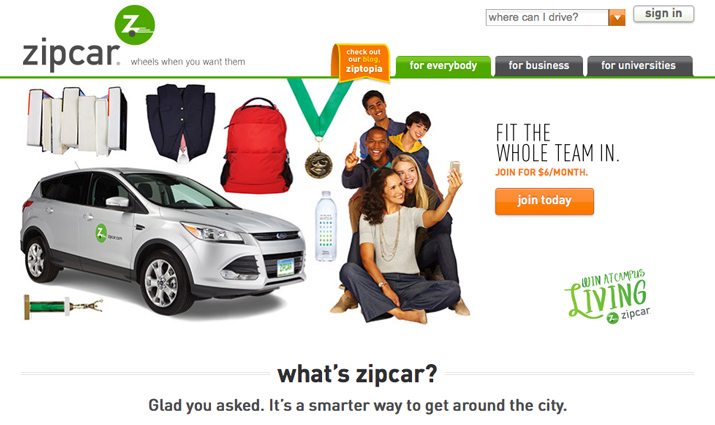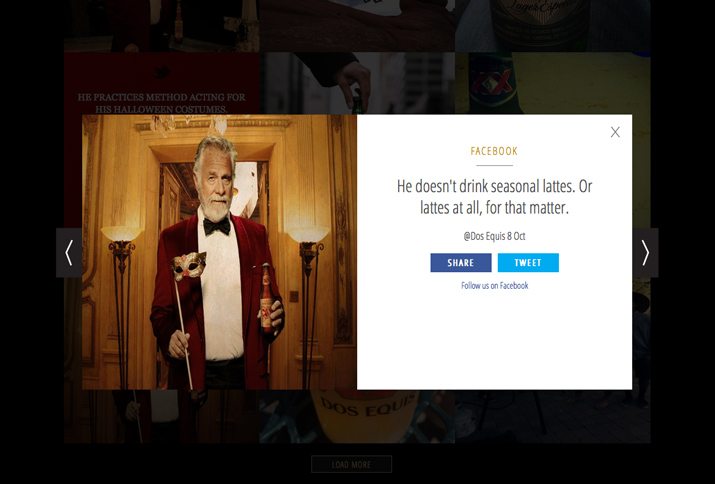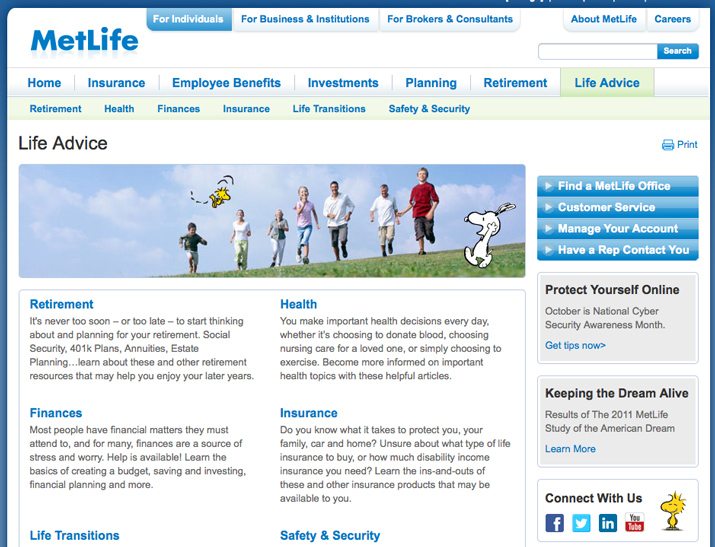How to Design a Brand Persona for Your Product
They’re on hundreds of websites, in advertisements, and fill the airwaves – fictional characters that help you relate to a brand or company. These personas are representations of the type of people who use products or services, and are designed to relate to potential users or buyers.
A persona is more than just a face in the design. It is a well-planned and thought-out part of the design process. Designers have to think about the persona during all aspects of a project so that the personality matches the brand and design. From copy and how the persona “talks” to color, typeface choices and other design elements, creating a persona can be an important part of design projects.
2 Million+ Digital Assets, With Unlimited Downloads
Get unlimited downloads of 2 million+ design resources, themes, templates, photos, graphics and more. Envato Elements starts at $16 per month, and is the best creative subscription we've ever seen.
What is a Persona?

Who are you online or in other printed materials? The answer is your brand persona.
A persona can be a well-developed “character” that represents your brand or company or message. In a nutshell, a persona is a fictional person that already has loyalty to you or your brand. As personas become more prevalent, it can also be a perceived, not created, character.
“The purpose of personas is to create reliable and realistic representations of your key audience segments for reference. These representations should be based on qualitative and some quantitative user research and web analytics,” according to usability.gov.
Personas are used to help users or customer relate to and make decisions by making something without personality much more real. People relate and connect to other people and that’s where a good persona comes in.
When it comes to creating a persona, key demographic details need to be considered – age, sex, occupation, hobbies, likes and dislikes, and use or connection to you. Effective personas use this information for a character that does five things, according to usability.gov.
- Represent a user group
- Express and focus on major needs and expectations of important user groups
- Give a clear picture of user expectations and how likely they are to interact with your design
- Aid in uncovering universal features and functionality
- Describe real people with backgrounds, goals and values
Developing a Persona

Creating a persona starts with conversations and planning before design actually begins. There are a couple of ways to develop this personality and his or her key traits.
One route is to start with an empathy map. This will help you think about what users think and feel as they interact with your brand or product. The map is broken into a couple of key parts – what a user is doing (seeing and hearing) versus what the user thinks and what the user feels. Each of these elements is tied to s specific situation. After going through multiple situations, you start to understand how your persona would act and feel. Empathy mapping is a common tool for developing personas and UX Mag has a great piece on it in detail in “How to Use Persona Empathy Mapping.”
Another route to creating a persona from usability.org is a multi-step process.
- Conduct user research
- Condense the research
- Brainstorm
- Refine the persona ideas
- Make descriptions realistic to develop personas
Aaron Walter, author of “Designing for Emotion,” has a similar idea about designing personas. He put together a list of elements to consider as development gets underway. (Personally, these concepts resonate more with me as a visual thinker.)
- Create a personality image. This can even be a celebrity in early planning phases that embodies your persona.
- Create an overview of your brand by noting what makes it different.
- List five to seven traits of your brand and traits that you want to avoid.
- Map out the personality you desire – friendly vs. un friendly, submissive vs. dominant.
- Describe how your persona would speak.
- Provide examples of copy to accompany the persona.
- Put together a persona style guide with fonts and colors that match the persona.
- Describe how the persona engages with the community at large.
Design Elements of Your Persona

By the time you actually start designing a persona (or multiple personas – some brands have more than one), the character should be pretty easy to see in your mind. There’s probably a face or voice or style of dress that you are beginning to equate to this “person.”
As he or she comes together make sure to think about key elements that every realistic character includes such as a title or role within your design, a name, demographic information that relates to the audience, goals and a mission, environment, talking points or a quotable phrase and photos or imagery so users can see this character.
What Color is Your Persona?
Color palette is vital when it comes to development of the persona. The character should live in color scheme that matches his or her personality. This color may or may not be the same as your brand outline.
Think about the common meaning of specific color and how those hues play a role in the design. Think about the fast-food chain Wendy’s, for example. The persona of the company is the little red-haired girl. Her hair color is a vital part of her persona; as is her blue dress. This color pairing says a lot about the character and how users should feel about her.
What Typeface Defines Your Persona?
Just as important as color to a persona is typography. Unless your persona is always speaking in a video- or audio-style environment, type will appear on the screen with the character.
The typeface you use can impact tone and what the character is saying. Consider typefaces that are more simple and easy to read to avoid confusion or assumptions about the character. (Sans serifs are a popular option.)
Novelty typefaces can make a character seem more lighthearted, while scripts often feel feminine and slab serifs may come across as strong and overwhelming. The tone and feel of typefaces should match the tone and feel of the character you developed in early planning phases of the persona design.
What Does Your Persona Look Like?
Finally, create an actual image for the persona. This can be a photograph or illustration. A persona can be human or not (there are some animal personas out there). With the image comes a story.
Most complex brand personas come with some sort of narrative so that they are relatable to the audience. If your project includes a web component, consider designing a biographical page for the persona. (You can also include this type of information in print projects.)
Common Personas

Personas are a popular design tool right now and there are some trends in persona design. From how personas look to how they interact with users, audience is the number one consideration when selecting a personality for your brand character.
- The “trendless” user. This character has brand loyalty out of necessity, not because a product is cool.
- The trendster. With the opposite approach to the character above, this character embodies everything cool and trendy. They are ahead of the class when it comes to style.
- The gatekeeper. Gatekeepers tend to know more about things before anyone else.
- The jerk. This character is they guy (or girl) you love to hate.
- The caregiver. Mothers are common caregiver personas. They take care of you as you get to know a brand and help you understand it.
Conclusion
If you could turn your company or brand into a person, who would they be? That’s your persona. The hard part is designing the character in a way that is consistent, yet feels authentic.
Keep in mind things like traits, voice, imagery and color and typography when developing this character and how he or she will interact with your audience. Personas often come and go as well. If a character is not working, don’t feel inclined to keep it around forever.





